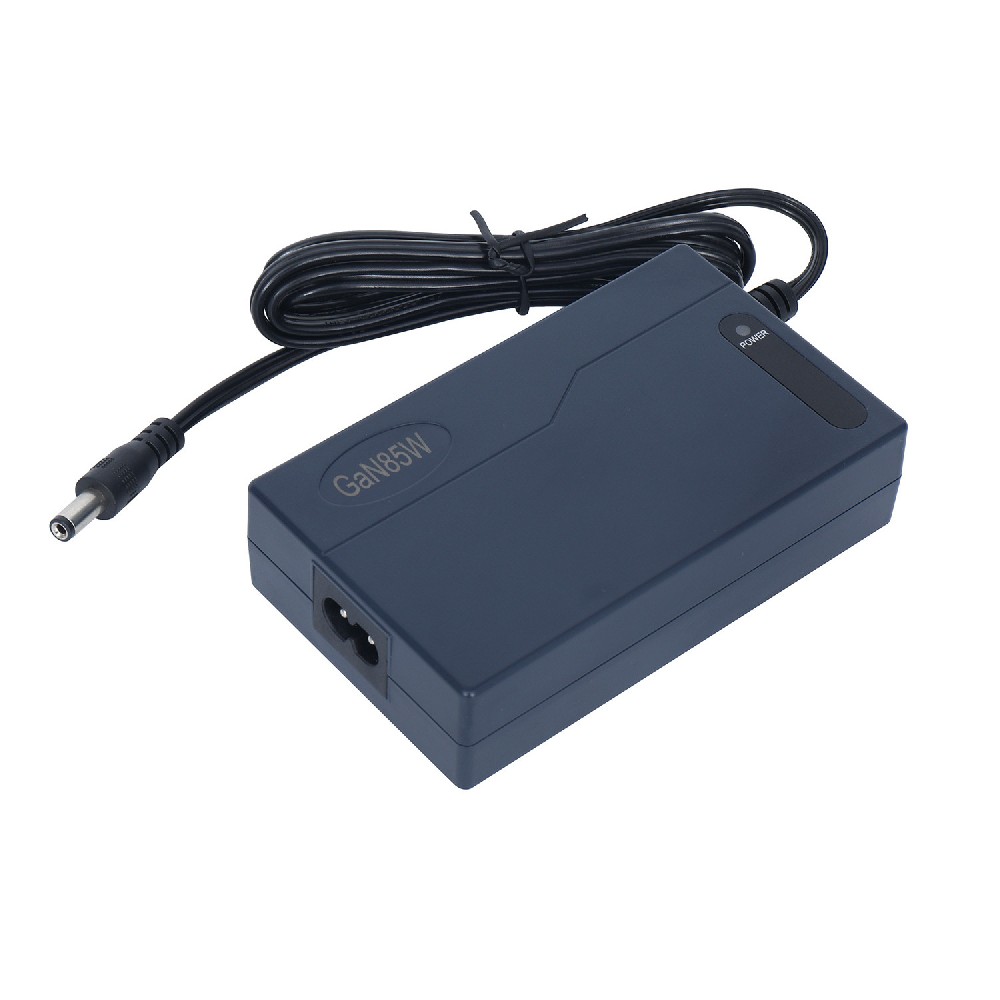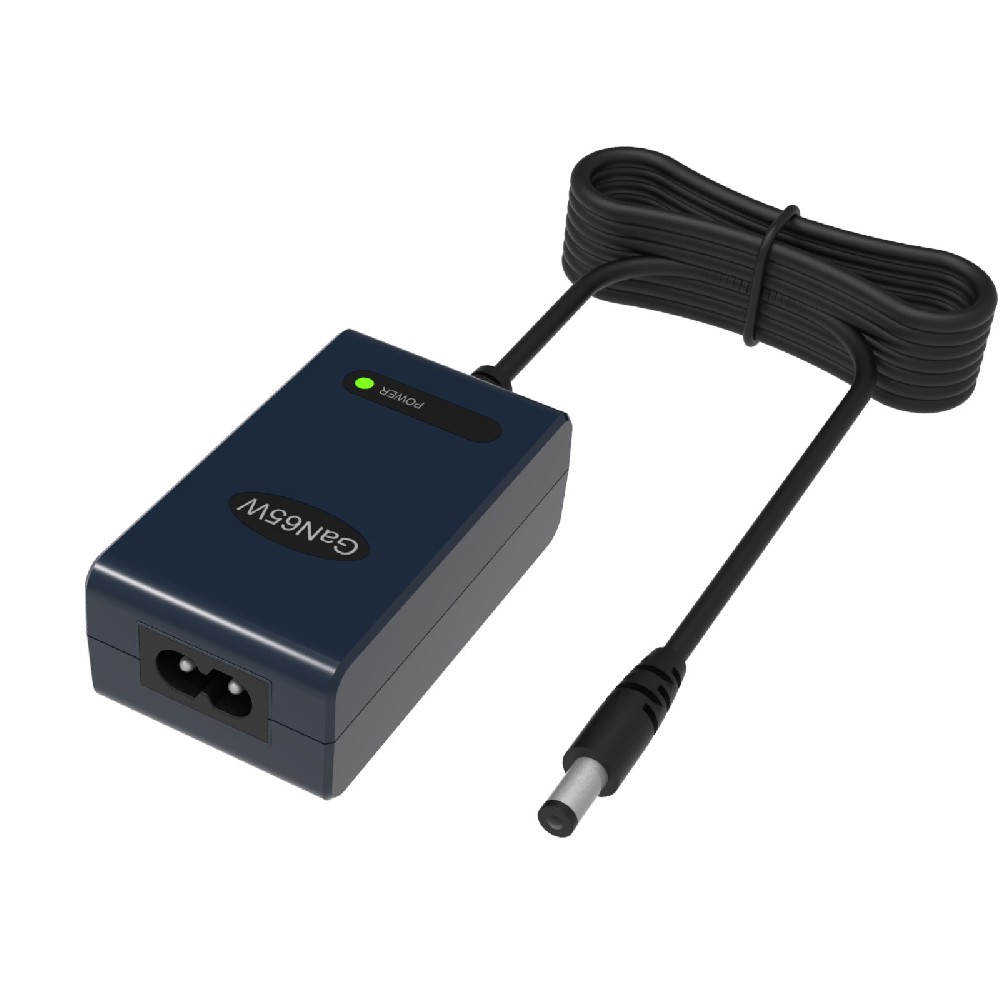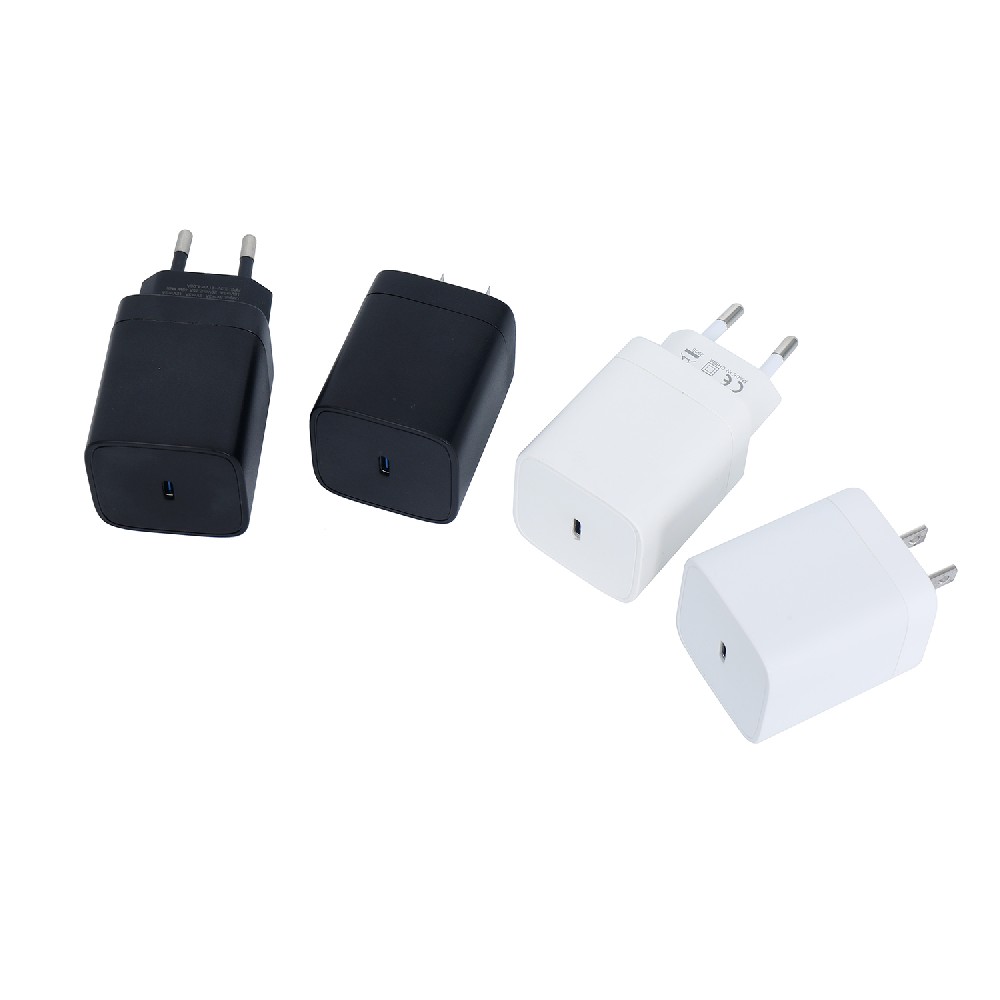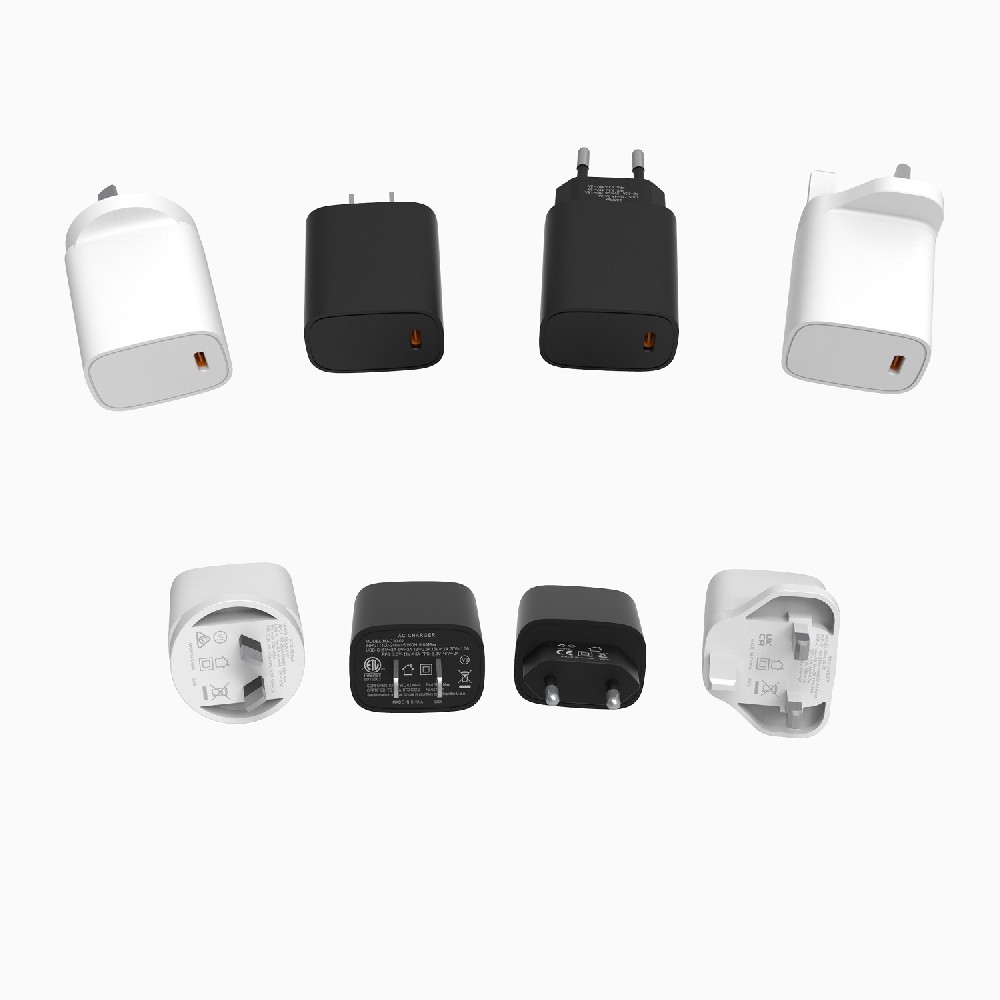Information Center
The Essential Guide to Designing Safe and Efficient Battery Charger Circuits
Published:2023-08-04 10:33:22 Author:Green WCND Views:29Battery chargers are essential devices in modern life, they are used to recharge various types of batteries, from small button cells used in watches to large car batteries. A good battery charger circuit is essential to ensure the battery is charged safely, efficiently and promptly, without causing any damage to the battery.

There are two main types of battery chargers: linear and switching. Linear chargers are simple and cheap to build but they are not very efficient, they waste a lot of energy as heat. Switching chargers are more complex and expensive, but they are much more efficient, and because they generate less heat, they are less likely to damage the battery.

Switching chargers use a technique called pulse width modulation (PWM) to control the charging current. This technique turns the charging current on and off rapidly, with the duration of each cycle controlled by a feedback loop. The feedback loop monitors the battery voltage and adjusts the charging current to maintain a constant voltage across the battery terminals.
The charging current is an important parameter in a battery charger circuit. It must be controlled carefully to avoid overcharging or undercharging the battery. Overcharging can lead to the release of gas and heat, which can potentially damage or even destroy the battery. Undercharging can lead to reduced battery capacity and performance.
To ensure the charging current is controlled accurately, most battery charger circuits use a microcontroller to monitor and control the charging process. The microcontroller typically reads the battery voltage and adjusts the charging current to maintain a constant voltage across the battery terminals. The microcontroller also controls the charging time and monitors the temperature of the battery to avoid overheating.
Safety is a critical consideration in battery charger circuits. The charging process must be designed to avoid any risk of fire or explosion, particularly when charging large batteries such as car or motorcycle batteries. Advanced charging circuits include safety features such as over-temperature sensors, over-current protection, and short-circuit protection.
In summary, a good battery charger circuit must be designed to charge the battery safely, efficiently, and promptly, without causing any damage to the battery. It must control the charging current accurately, using techniques such as PWM and microcontrollers, and must include safety features to avoid any risk of fire or explosion. With the increasing use of battery-powered devices in our daily lives, reliable and efficient battery charger circuits are becoming increasingly important.
Battery testers of different voltages exhibit significant differences in several aspects, and a 12V battery tester is primarily used for testing a range of spec···
Battery Testers (battery capacity testers/battery detectors) indeed come in various types tailored for different products. These different types of battery test···
The advantages and disadvantages of battery testers are as follows:AdvantagesFlexibility:Battery testers can accommodate various testing modes, making them adap···
Understanding the testing accuracy of golf cart battery testers is crucial for ensuring the precision of test results. Here are some methods to assess the testi···





